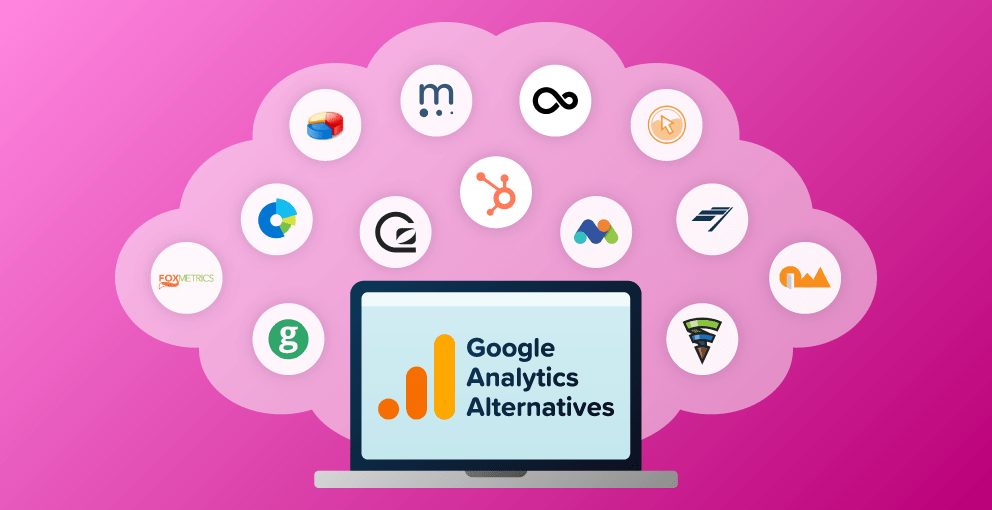Google Analytics 4 (GA4) is a web analytics tool that provides valuable data and insights into your website’s performance. It is the latest version of Google Analytics, introduced in 2020, and replaces the previous version of Google Analytics known as Universal Analytics. GA4 offers several new features and capabilities that were not available in Universal Analytics.
One of the most significant changes in GA4 is the focus on user-centric measurement. GA4 tracks user behavior across multiple devices and platforms, providing a more holistic view of user engagement. Additionally, GA4’s machine learning capabilities help identify trends and patterns in user behavior, making it easier to understand how users interact with your website.
Another notable feature of GA4 is the integration with Google Ads. GA4 allows you to measure the performance of your Google Ads campaigns and gain insights into how users interact with your ads. This integration helps you optimize your advertising efforts and improve your return on investment (ROI).
GA4 also offers improved data privacy and security. It uses a new data model that helps protect user privacy while still providing valuable data and insights. Additionally, GA4 allows you to control data sharing and determine who has access to your data.
While Google Analytics 4 (GA4) is a powerful web analytics tool, there are several reasons why you may need to find an alternative:
- Complexity: GA4 has a more complex interface and requires a steeper learning curve compared to the previous version of Google Analytics. Some users may find it difficult to navigate the new features and functionalities.
- Customization: GA4 has limited customization options compared to the previous version of Google Analytics. This can be a limitation for users who require more granular data and insights.
- Migration: Migrating from the previous version of Google Analytics to GA4 can be a time-consuming and challenging process, especially for larger websites with complex data sets.
- Data limitations: GA4 has some data limitations, such as a lack of historical data and restrictions on the number of custom dimensions and metrics.
- Cost: While GA4 is free to use, some of its advanced features, such as BigQuery integration, require a paid subscription.
- Alternative preferences: Some users may prefer to use alternative web analytics tools that offer specific features and functionalities that GA4 does not provide.
GA4 is a powerful web analytics tool, there are several reasons why you may need to find an alternative, such as complexity, customization, migration challenges, data limitations, cost, and personal preference. It’s important to evaluate your specific needs and requirements and compare different web analytics tools before making a decision.
In this blog post, we will discuss some of the best alternatives to GA4.
Matomo

Matomo is a powerful open-source web analytics tool that provides comprehensive data and insights about your website’s traffic and user behavior. It offers a wide range of features such as real-time visitor tracking, heatmaps, and conversion tracking. Additionally, Matomo provides complete control over your data, ensuring that your data is kept private and secure. You can host Matomo on your own server, giving you complete control over your data.
Matomo provides valuable data such as pageviews, bounce rates, time spent on site, and goal completions. It offers various user engagement metrics like session duration, pages per session, and average time on page. With its goal tracking feature, you can track your website’s performance and measure conversion rates. Matomo also provides heatmaps and scroll maps that show how users interact with your website.
Piwik PRO

Piwik PRO is another open-source web analytics tool that provides advanced features such as heatmaps, session recordings, and user segmentation. It has a powerful tag manager that makes it easy to implement tracking tags without coding knowledge. Piwik PRO is also GDPR and CCPA compliant, ensuring that your data is always safe and secure.
Piwik PRO provides comprehensive data such as pageviews, unique visitors, and sessions. It also offers various engagement metrics such as bounce rate, time on site, and pages per session. Additionally, Piwik PRO’s user segmentation feature allows you to create audience segments based on various criteria, such as location, device, and behavior.
Piwik PRO also offers advanced features such as heatmaps and session recordings that help you understand how users interact with your website. With session recordings, you can see how users navigate through your website and identify any issues they encounter.
Clicky

Clicky is a real-time web analytics tool that provides a range of features such as heatmaps, user segmentation, and goal tracking. It has a user-friendly interface that makes it easy to use and understand. Additionally, Clicky provides real-time notifications when a user completes a specific action on your website.
Clicky offers valuable data such as pageviews, unique visitors, and sessions. It also provides engagement metrics such as bounce rate, time on site, and pages per session. With its user segmentation feature, you can create audience segments based on various criteria such as location, device, and behavior.
Clicky also offers advanced features such as heatmaps and scroll maps that show how users interact with your website. With its goal tracking feature, you can track your website’s performance and measure conversion rates.
Fathom Analytics

Fathom Analytics is a privacy-focused web analytics tool that does not collect any personal data about your website visitors. It provides comprehensive data such as pageviews, unique visitors, and sessions, and offers various engagement metrics such as bounce rate and time on site.
Fathom Analytics offers a range of features such as real-time visitor tracking, user segmentation, and goal tracking. Additionally, Fathom Analytics is GDPR and CCPA compliant, ensuring that your data is always safe and secure.
Fathom Analytics also offers a simple and intuitive dashboard that makes it easy to understand your website’s performance. With its user segmentation feature, you can create audience segments based on various criteria such as location, device, and behavior. Fathom Analytics also offers goal tracking, which allows you to measure conversion rates and track your website’s performance.
Mixpanel

Mixpanel is an advanced analytics tool that offers powerful features such as user behavior tracking, user segmentation, and A/B testing. It provides comprehensive data such as pageviews, unique visitors, and sessions, and offers various engagement metrics such as bounce rate and time on site.
Mixpanel’s user behavior tracking feature allows you to track user actions on your website, such as clicks, form submissions, and purchases. With its user segmentation feature, you can create audience segments based on various criteria such as location, device, and behavior.
Mixpanel also offers advanced features such as A/B testing, which allows you to test different variations of your website to see which one performs better. Additionally, Mixpanel’s retention analysis feature helps you understand how many users return to your website over time and how frequently they visit.
Conclusion
Google Analytics 4 is undoubtedly a powerful web analytics tool, but it may not suit everyone’s needs. If you are looking for an alternative to GA4, there are many web analytics tools available that provide comprehensive data and valuable insights into your website’s performance. The above-mentioned tools are some of the best alternatives to GA4, each with its unique features and benefits. It’s important to choose a web analytics tool that meets your specific needs and requirements, so be sure to research and compare each option before making a decision.


